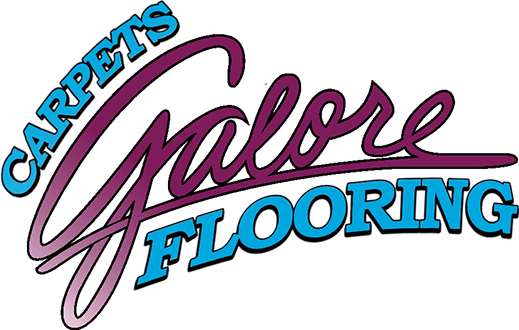Latest News > What should I know when shopping for carpet?
What should I know when shopping for carpet?
Monday, October 28, 2019 12:00 AM

It’s time for a new flooring installation, and you just decided on carpet.
Good choice! Carpet adds warmth and richness to a home. More than just flooring, it’s an investment, so you’ll want to keep the installation looking great for a long time.
At Carpets Galore, we’re all about education, and the more you know, the better you’ll be able to avoid certain carpet challenges. Here’s what you should know now:
For instance, the Frieze or Shag style is great for the bedroom or living room. On the other hand, if you’re shopping for a home office, chances are you’ll have chairs with wheels--and they’ll keep getting caught in the long fibers. For the home office, you may want to go with a Berber.
Olefin, generally, isn’t as durable, but it does get really strong when it’s in a Berber style because that style tends to utilize the strongest part of the fiber.
An all-natural one is wool, and the oils tend to give it inherent durability and stain-resistance.
For more information, visit the Carpets Galore showroom in Las Vegas, NV.
- Density. That means how closely the fibers are woven together and that, not thickness, determines quality; this is a flooring where thicker isn’t necessarily better. You can check this easily...just bend a sample card and if you see a lot of white space, you’ll know the fibers aren’t close together.
- Style. Some styles are better for some rooms than others and if you aren’t aware, you can end up buying the wrong carpet for your installation.
- High and low pile. Know the difference. High piles are those plush rugs; the most well-known examples are frieze and shag. Low pile rugs tend to be a little stronger and well-known examples are the Saxony, Berber or cut-and-loop patterns.
- Fibers: Don’t automatically assume that a man-made fiber is somehow inferior to a natural one. Basic synthetic fibers are nylon (ultra-strong), polyester (a close second), and Olefin.
- Be sure it’s professionally installed. Carpet requires special skills and tools; if you try to DIY it, you’ll end up with wrinkles, rolls, a rug that doesn’t fit the room properly—and possibly even damage that the warranty won’t cover—because their installation specifications were not met. Ask your flooring pro whom they recommend.
